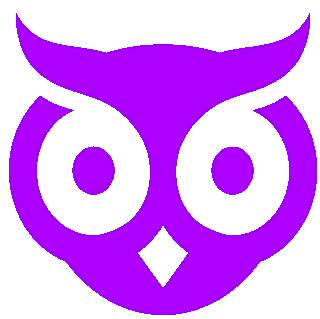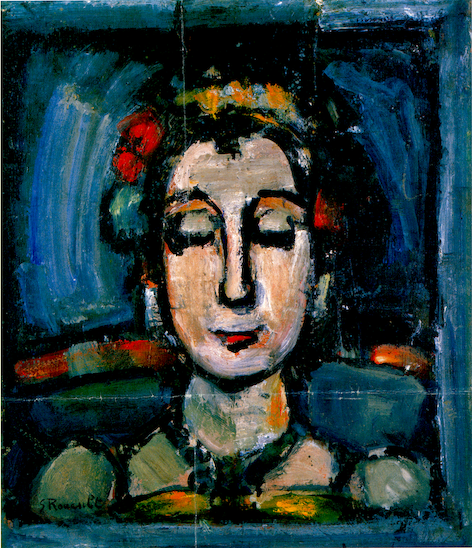IoT(アイ・オー・ティー)
IoT, 物のインターネット, モノのインターネット

IoT(アイ・オー・ティー)
IoT, 物のインターネット, モノのインターネット

IoT(アイ・オー・ティー)とは、 Internet of Things、IoT、つまり「モノのインターネット」「物のインターネット」(ウィキの訳語)あるいは「諸事物のインターネット」(著者の用語)のこと である。アイオーティとは、モノの流通・売買がインターネットによる繋がる現象のことである。
The Internet of things
(stylised Internet of Things or IoT) is the internetworking of physical
devices, vehicles (also referred to as "connected devices" and "smart
devices"), buildings and other items—embedded with electronics,
software, sensors, actuators, and network connectivity that enable
these objects to collect and exchange data.[1][2][3] In 2013 the Global
Standards Initiative on Internet of Things (IoT-GSI) defined the IoT as
"the infrastructure of the information society."[3] The IoT allows
objects to be sensed and/or controlled remotely across existing network
infrastructure,[4] creating opportunities for more direct integration
of the physical world into computer-based systems, and resulting in
improved efficiency, accuracy and economic benefit.[5][6][7][8][9][10]
When IoT is augmented with sensors and actuators, the technology
becomes an instance of the more general class of cyber-physical
systems, which also encompasses technologies such as smart grids, smart
homes, intelligent transportation and smart cities. Each thing is
uniquely identifiable through its embedded computing system but is able
to interoperate within the existing Internet infrastructure. Experts
estimate that the IoT will consist of almost 50 billion objects by
2020.[11]- Wikipedia
「IoTは早くも生産性を押し上げ、多くの財やサービスを生産 する限界費用を
ほぼゼロに近づけ、それらの財やサービスを実質的に無料にし、出現しつつある協働型コモンズでシェア可能にしている。その結果、企業の収益
が枯渇したり、財産権の効力が弱まったり、希少性に基づく経済が潤沢さに基づく経済に徐々に道を譲ったりしている」——リフキン,ジェレミー『限界費用ゼ
ロ社会』柴田裕之訳、p.25, NHK出版、2015年(→「情報ロジスティクス」)
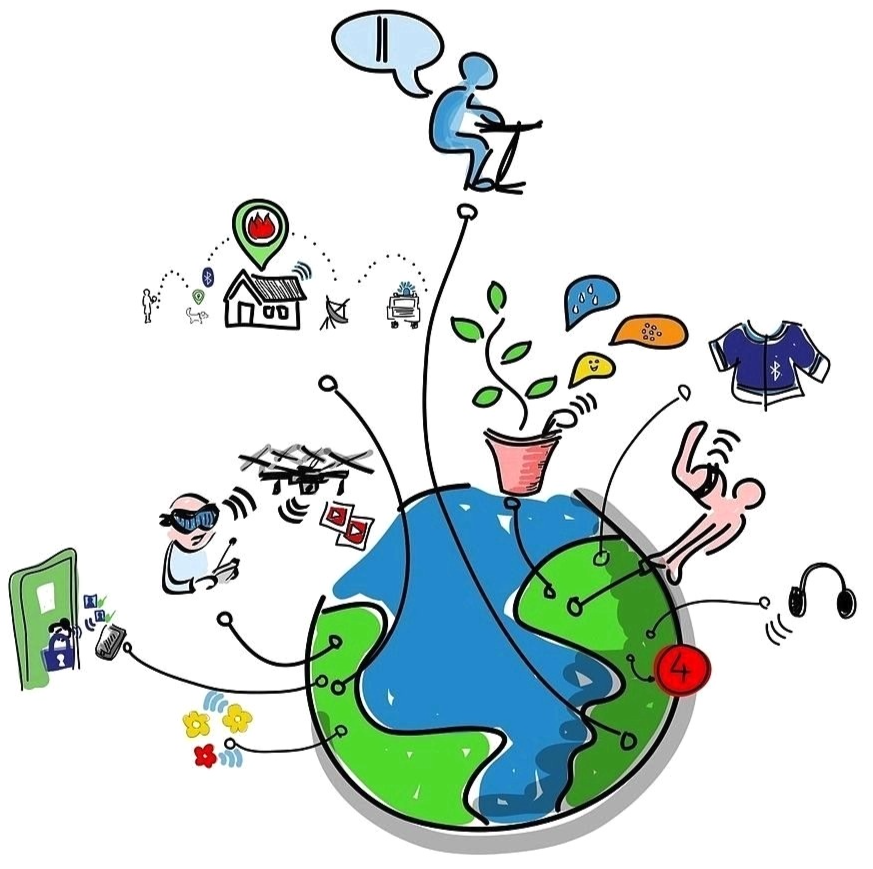
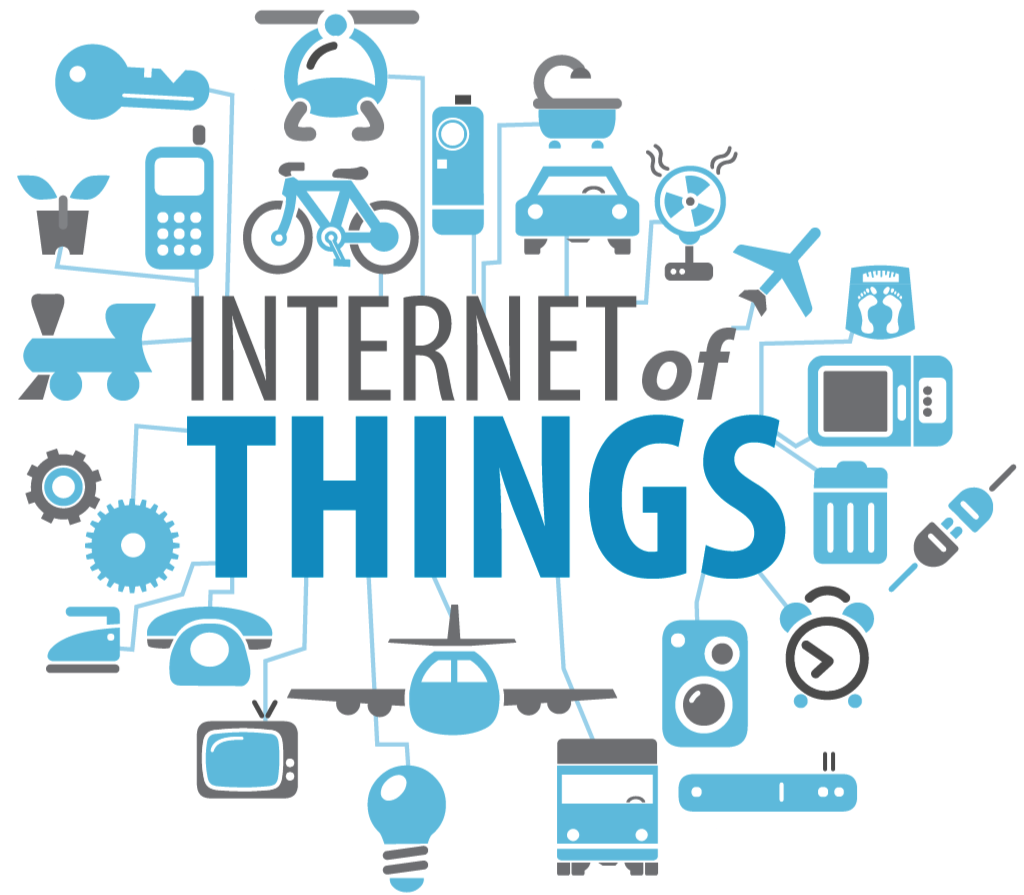
限界費用(Marginal cost)と は、生産量を一定の単位だけ増加させた時に総費用が増えた時の増加分(コスト)をさす。限界費用はマージナル・コストとも呼ばれる。また、生産量を一定の 単位だけ増加させた時に総収益の加分(コスト)を限界収益(Marginal revenue)という。ウィキペディアには下記のように記されている。

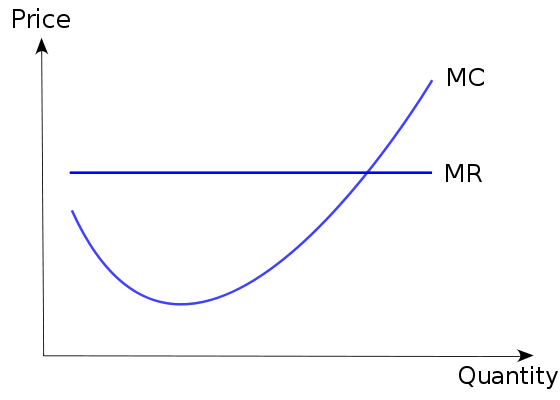

リンク
文献
その他の情報
